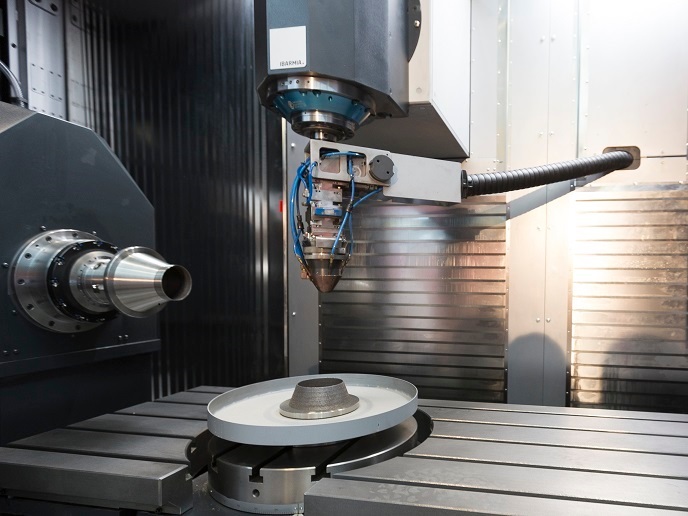Impact of market integration on the welfare of Europeans
The EU-funded INMARWEL (Market integration and the welfare of Europeans) aims at mapping the process of development and integration of the European market with the rest of the world. The project takes into account an extended period of time, from the Black Death period to World War II. Researchers in collaboration with the London School of Economics and the Universidad Carlos III of Madrid have collected two massive databases of prices of commodities in Europe between 1350 and 1940 and world trade in the period from 1800-1938. The databases will become accessible to scholars and offer a precious resource for the study of European and world economic history. The data is used to address some important research points. More specifically, the project studies the reasons for the integration of the European commodity market and the beginning of 19th century globalisation. Other research questions explore the degree of integration that is due to technical progress in transportation and political decisions about trade policy. Preliminary results have already been presented at conferences and published in journals. These show that the process of integration was long and unsteady, with accelerations in the 17th and early 19th centuries and setbacks during the Napoleonic Wars. Other results indicate that the European and global economy opened to trade mostly during the middle of the 19th century instead of the early 20th. Another paper estimates that the long-term integration with East Asian suppliers of primary product increased the welfare of Europeans by up to 3 % and welfare of producers by up to 8 % in 1913. Overall, the project has given insights into the integration and development of the European market in the long run, and its repercussions for the welfare of Europeans. INMARWEL also considered case studies of political reactions to integration and changes in institutions.







